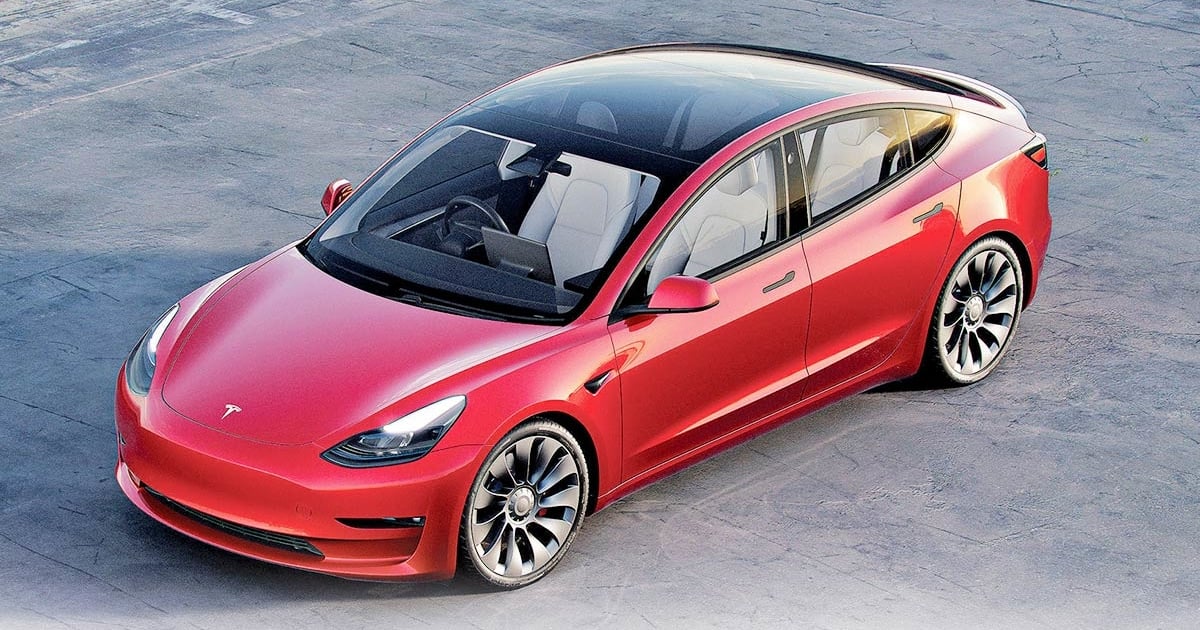
The Tesla Model 3 is the first electric vehicle to break into the top 10 leased models in the U.S., following a period of strong growth, according to a report from Experian.
The Model 3 ranked seventh on the list, representing 1.79 percent of leased new vehicles in the second quarter. One in 4 of the roughly 42,000 new retail Model 3s to hit the road last quarter, according to Experian, was leased — up about 14 points from the same time a year earlier, Melinda Zabritski, Experian’s senior director of automotive financial solutions, told Automotive News.
Typically, the top leased vehicles list is made up of high-volume cars and trucks, Zabritski said. The Ford F-150, Honda CR-V and Nissan Rogue were the top three leased vehicles of the quarter, representing 2.52 percent (F-150), 2.48 percent (CR-V) and 2.26 percent (Rogue) of leased new vehicles. The quarterly combined retail sales and lease volumes of Model 3s rose dramatically from the 28,000 in the second quarter of 2022, but they still fell behind the CR-V (88,600), F-150 (71,000) and Rogue (45,800), Experian said.
“In the EV space, there is so much change and so many new models coming out that leasing can be a good way to have the vehicle for a short period of time,” Zabritski said. “An EV lease is a great way to avoid any of those ownership concerns that consumers might have.”
EV leasing has surged in recent months, partially because a wider range of models are eligible for federal tax incentives if leased. Counterintuitively, the Model 3 is one of the few vehicles eligible for the buyer’s tax credit.
The Model 3 lease rate exceeded the overall EV leasing rate in the second quarter, which was about 21.2 percent.
The vehicle’s popularity may have been driven by Tesla’s price cuts and the automaker’s ongoing dominance of the EV field in the U.S., Zabritski said.
The Model 3’s leasing rate also slightly outpaced overall leasing, which was at 21.3 percent, up just over 1 point from the same time last year. The leasing rate is still far below the heights reached during 2018 and 2019, when it was above 30 percent, Zabritski added.